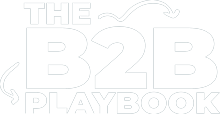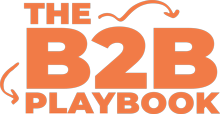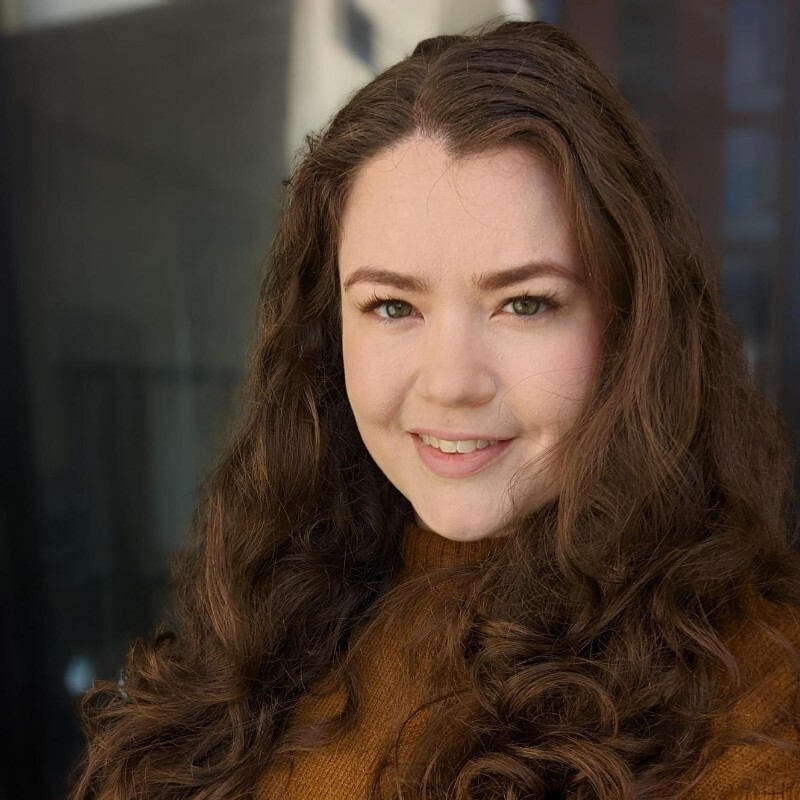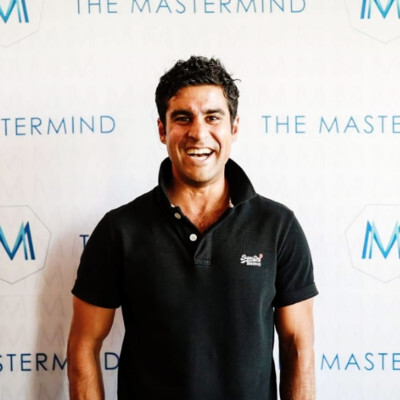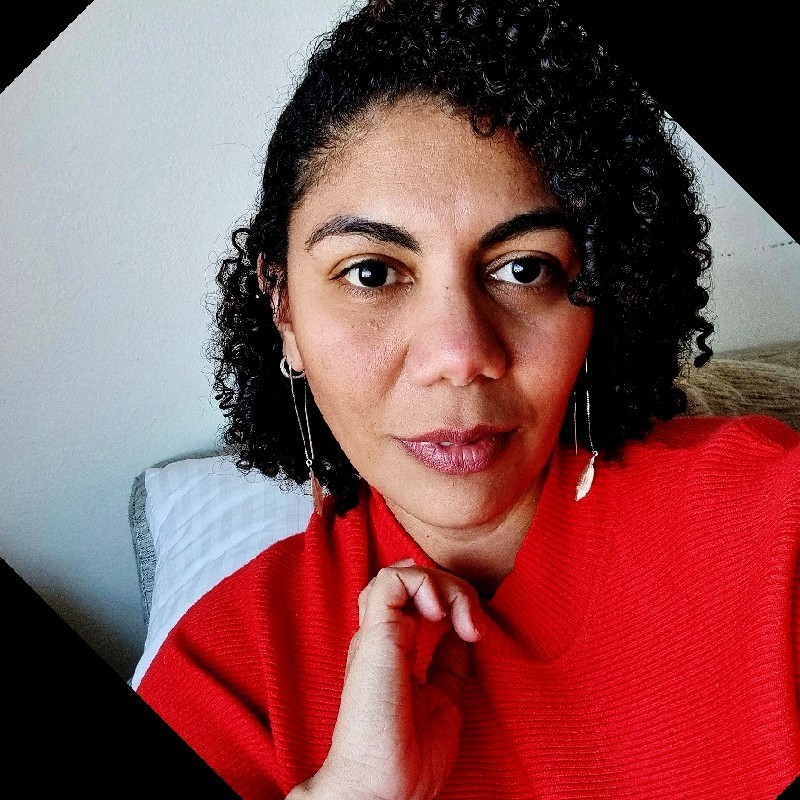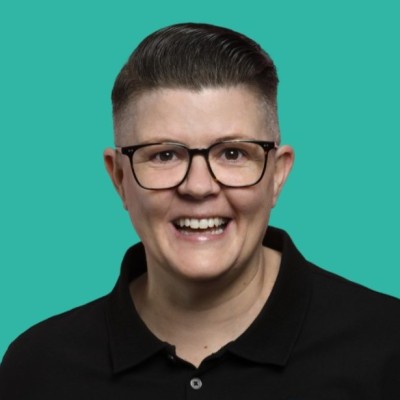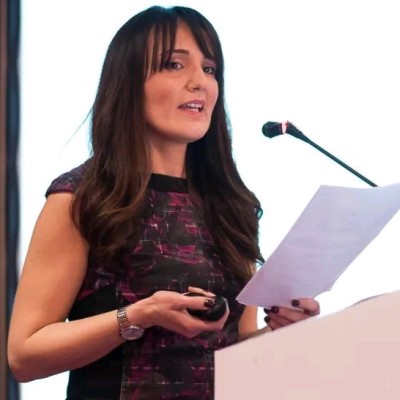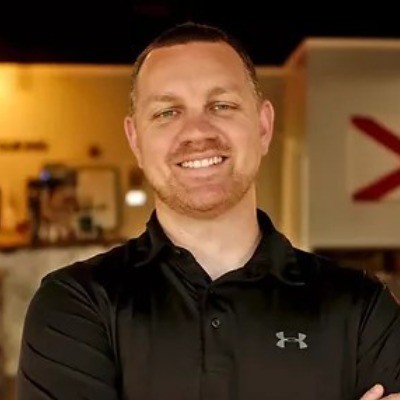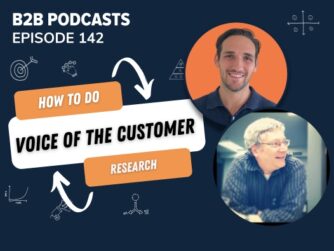Before becoming a more holistic demand marketer, I was a performance marketer. Google Ads was my bread and butter. I thought it was the most important thing in marketing. That it could scale to the moon, and was the place that most marketing resources should be spent.
And then I had multiple jarring experiences, particularly in the B2B SaaS space that made me realise I didn’t really understand the role Google Ads plays in the marketing mix.
Determined to make amends (and never feel the anxiety detailed in the experience below), I educated myself – going beyond the marketing advice offered by Google’s search results, and instead learning from the best marketers I could come across. People like Ogilvy, Godin, Brunson and Pulizzi.
The executive team cry: “We’re coming up short on our targets. Throw more into Google Ads!”
Only then did I understand why so many Google Ads campaigns did not scale profitably past a certain point.
What I realised was, Google Ads will NOT scale if you are just CAPTURING demand.
Before I dig into what that means, let me share my own horror story that I’ve also seen happen to so many marketers.
This is the scenario I’ve seen play out time and time again.
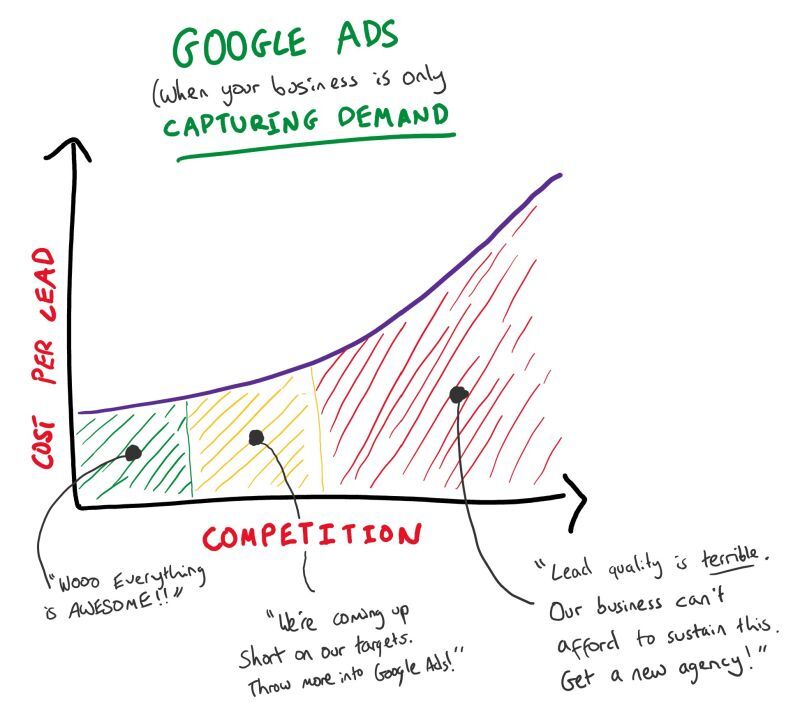
Stage One – launching Google Ads
In this stage, here’s what happens:
- a b2b company jumps into Google Ads
- they start to get some leads
- cost per lead (CPL) looks good
- volume of leads isn’t big enough for sales to complain about quality yet
The executive team at this stage: “How good is this! Look at these leads baby! Throw more money into Google Ads!”
Me:

Stage Two – let’s scale
Okay it’s stage two. Typically here new lead targets are handed to the marketing team, taking into account the cost per lead (CPL) from Stage One.
This is where some cracks start to show:
- a higher Google Ads budget sees you compete more heavily for clicks
- as you and others push your budget up to compete for the 3% of searchers in market, you all push up your cost per click and ultimately CPL
- your lead targets didn’t account for these higher CPLs, so the executive team order you to spend more on Google Ads to get the lead numbers needed
- sales are noticing the leads are of varying but overall below average quality
The executive team cry: “We’re coming up short on our targets. Throw more into Google Ads!”
Me to Google Ads trying to tame the rising CPL:

Stage Three – Oh Sh*T
Okay so this is the part where things start to get really bad. It’s where you’re up at night praying to the Google Gods that more leads turn into revenue, and that your CPL drops along with it.
Here’s how it goes:
- more money is thrown at Google Ads
- more competition and a market that is not growing means CPLs continue to rise
- lead targets are missed
But more important that lead targets, revenue targets are missed. And sales are SICK of you wasting their time sending through these low quality leads.
The Executive team: “Lead quality is TERRIBLE. Our business can’t afford to sustain this. Get a new agency / performance marketer!”
Here’s the Google Ads AI recommendations telling me what I have to spend to make all these problems go away:

So Why Doesn’t Google Ads Scale?
This is what happens when businesses just focus on CAPTURING demand, and not also CREATING it.
Capturing demand is focussing on people who are in market, ready to buy a product like yours right now. They account for roughly 3% of the total market. As you scale, you and your competitors are going to want to take more of this 3% of the market for yourselves, so competition becomes heavier. Increased competition for a limited pool of people means increased costs to reach and win them over.
That’s why your paid ads on channels like Google Ads, G2, Microsoft Ads etc. won’t’ scale past a certain point (unless the market itself is rapidly expanding and competition remains the same… highly unlikely).
That’s why in our interview with Silvio Perez from metadata.io, he describes Google Ads as both a blessing and a curse.
Here’s What You Need To Do Instead
Instead of throwing all of your money into Google Ads, you need to start allocating some of your budget into creating demand, not just capturing it.
Creating demand builds an intense desire for your product or service to those who are not ready to buy right now. It creates affinity for your brand, and it grows the category. Rather than just competing for the same 3% as everyone else, you are investing money in building relationships with the other 97% of the market, so when they enter ‘buy mode’, they come to you, not the competition.
It’s how people are aware of you and trust you BEFORE they’re ready to buy.
That scales. Capturing demand does not.
A Final Comment
I should also note that a focus on lead numbers and CPL rather than QUALITY of these leads is also what leads to this problem, and is illustrated in this graph.
How Can You Start Creating Demand?
Our 5 BEs Framework teaches b2b marketers exactly how to create demand.
We share our Framework step-by-step every week on The B2B Playbook.
There’s 3 ways you can learn and implement it in your own business:
- Listen to The B2B Playbook Podcast
- Subscribe to our Newsletter
- Apply for The B2B Incubator
(P.S. The B2B Incubator gives you strategy, templates and tools you need to implement this in your business over 12 weeks. Click here to find out more or apply now).
